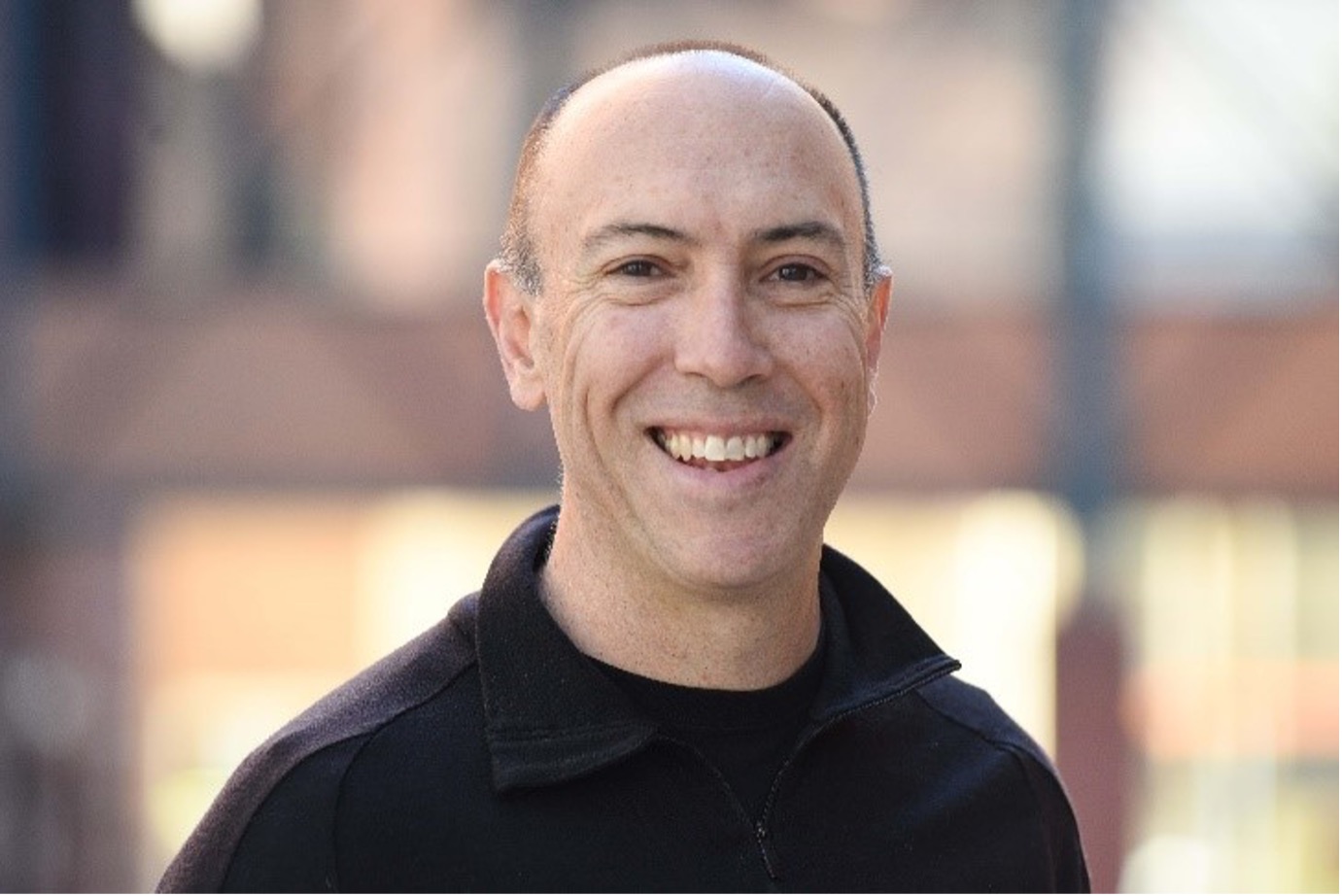Event Details
Keynote – The role of the brain and mind in chronic pain
Overview of Science Day for Dublin Alexander Technique Congress
Introduction
Since the turn of the new Millennium, we have witnessed a revolution in how the scientific and clinical communities view pain. A defining feature of this revolution is a shift from a biomedical model, which viewed pain as a simple response to tissue damage, to a biopsychosocial model, which views pain as a complex, multidimensional experience, influenced by biological, psychological, and social factors. Advances in our understanding of neuroplasticity – the nervous system’s capacity to reorganize and re-modulate itself – have played a crucial role in our realization that chronic pain can persist well after an injury has healed.
A revolution in how clinicians treat pain, particularly chronic pain, has accompanied the revolution in how we view pain. Personalized pain management plans that may include combinations of psychological therapies, physical therapies, and lifestyle modifications have supplemented or replaced the medication-based approach, which peaked during the opioid crisis. This revolution in how clinicians treat pain has major implications for the Alexander Technique (AT) community. Several studies show that the AT can reduce different types of pain, even though the AT does not target pain directly. Of course, many people seek out an AT teacher to find relief from pain.
The AT community is on the cutting-edge of the “science of pain” without necessarily knowing it. Because the AT community has much to gain from a better understanding of modern pain science and because the scientific and clinical communities that study pain have much to gain from a better understanding of the AT, we have organized our Science Day around a “Science of Pain” theme.
We will start our day with a presentation from one of the world’s most recognizable pain scientists, Lorimer Moseley from the University of South Australia. We will finish the day with a presentation from Paul Little, the principal investigator on the ATEAM clinical trial that showed long term reductions in chronic back pain following lessons in the AT. He will provide an update on their latest research efforts focused on the effects of individual and group AT lessons on chronic back pain.
Between the morning and afternoon presentations, we will host an interactive symposium from three AT teachers/scientists who have made major contributions to our understanding of how the AT might modulate pain: Tim Cacciatore, Rajal Cohen, and Mari Hodges. A panel discussion and Q&A session, led by individuals who have a foot in the AT community and a foot in the science community, will follow each presentation.
Further details to follow.
Keynote-Plenary Session
TBD
Thursday, 7 August 2025
9:00am-10:15am
The O'Reilly Hall
Categories
Open for
Open for
Categories
Keynote-Plenary Session
TBD
Thursday, 7 August 2025
9:00am-10:15am
The O'Reilly Hall
ABOUT THE PRESENTERS

David Anderson

